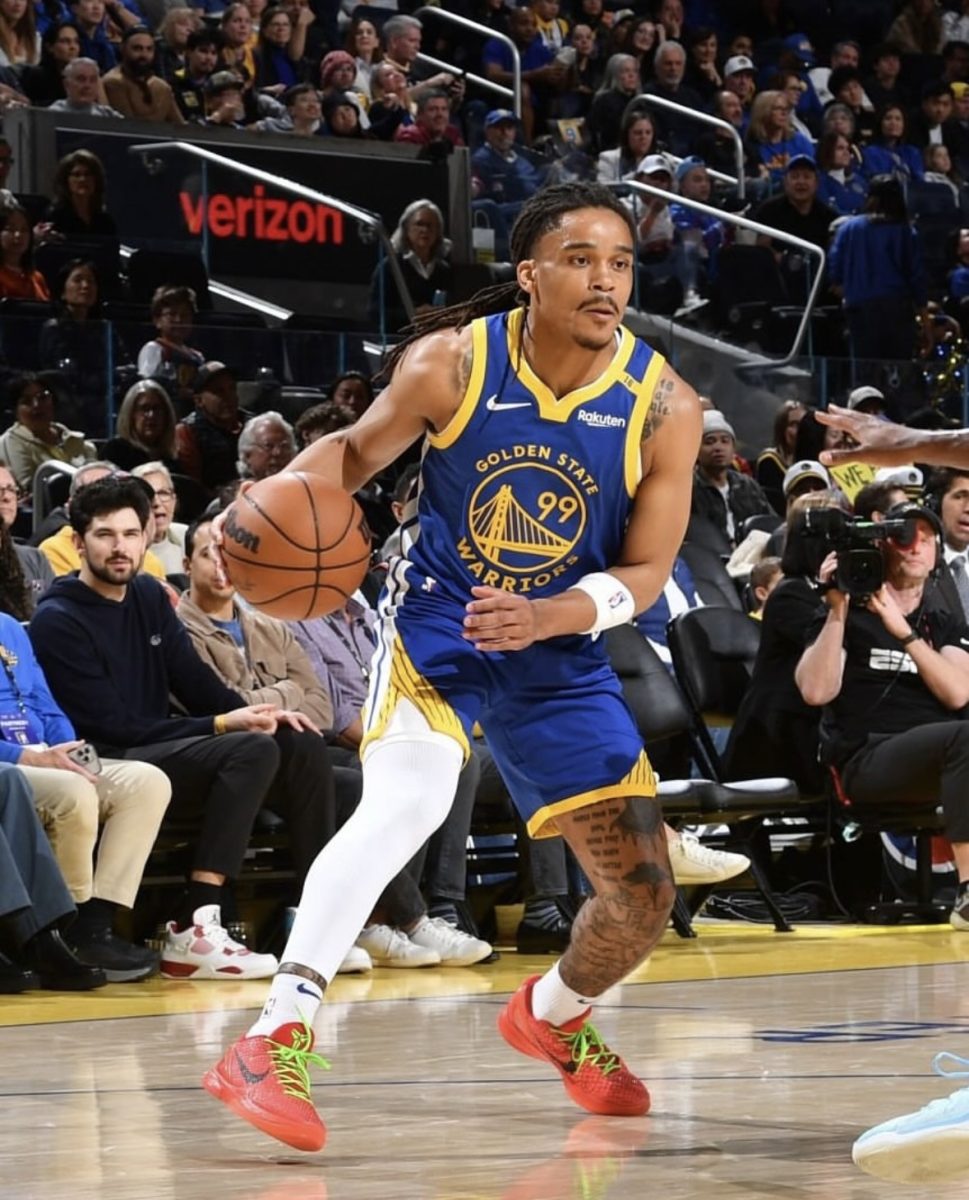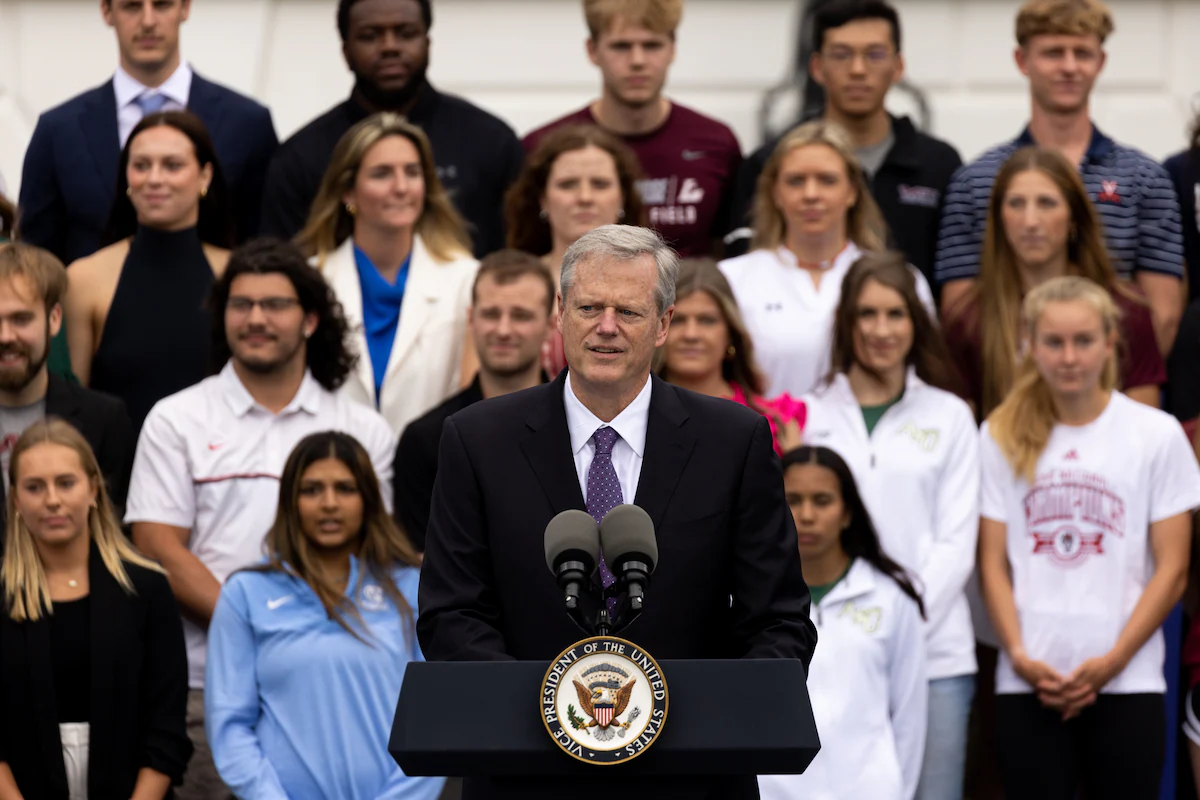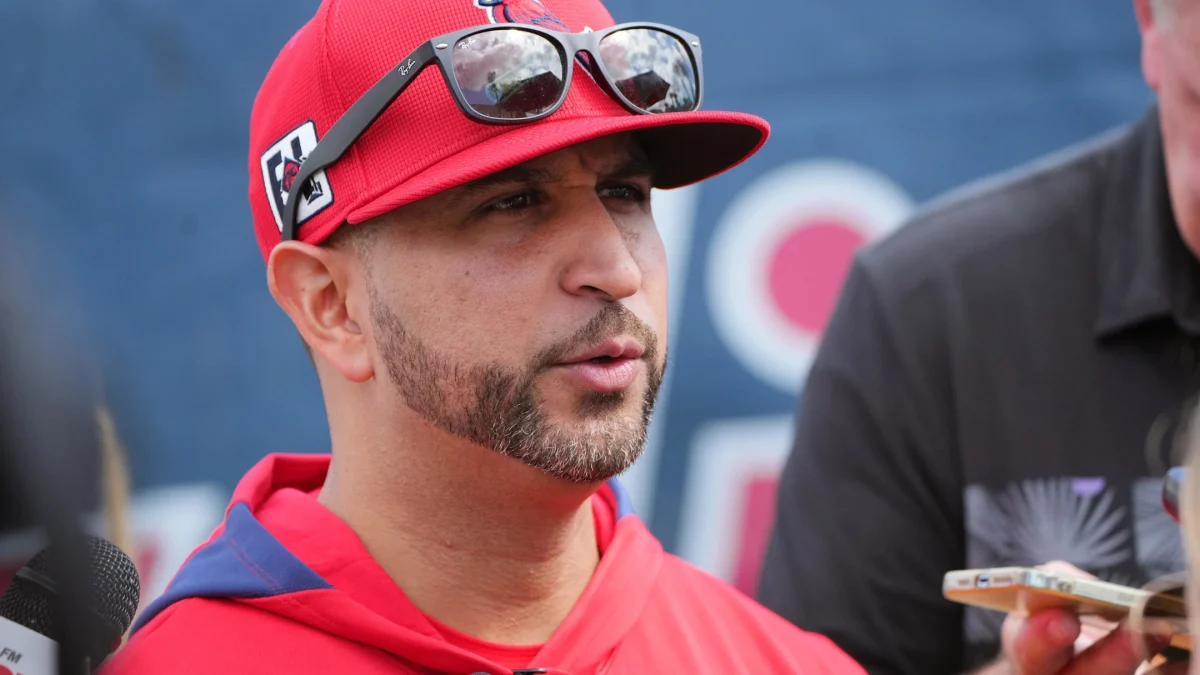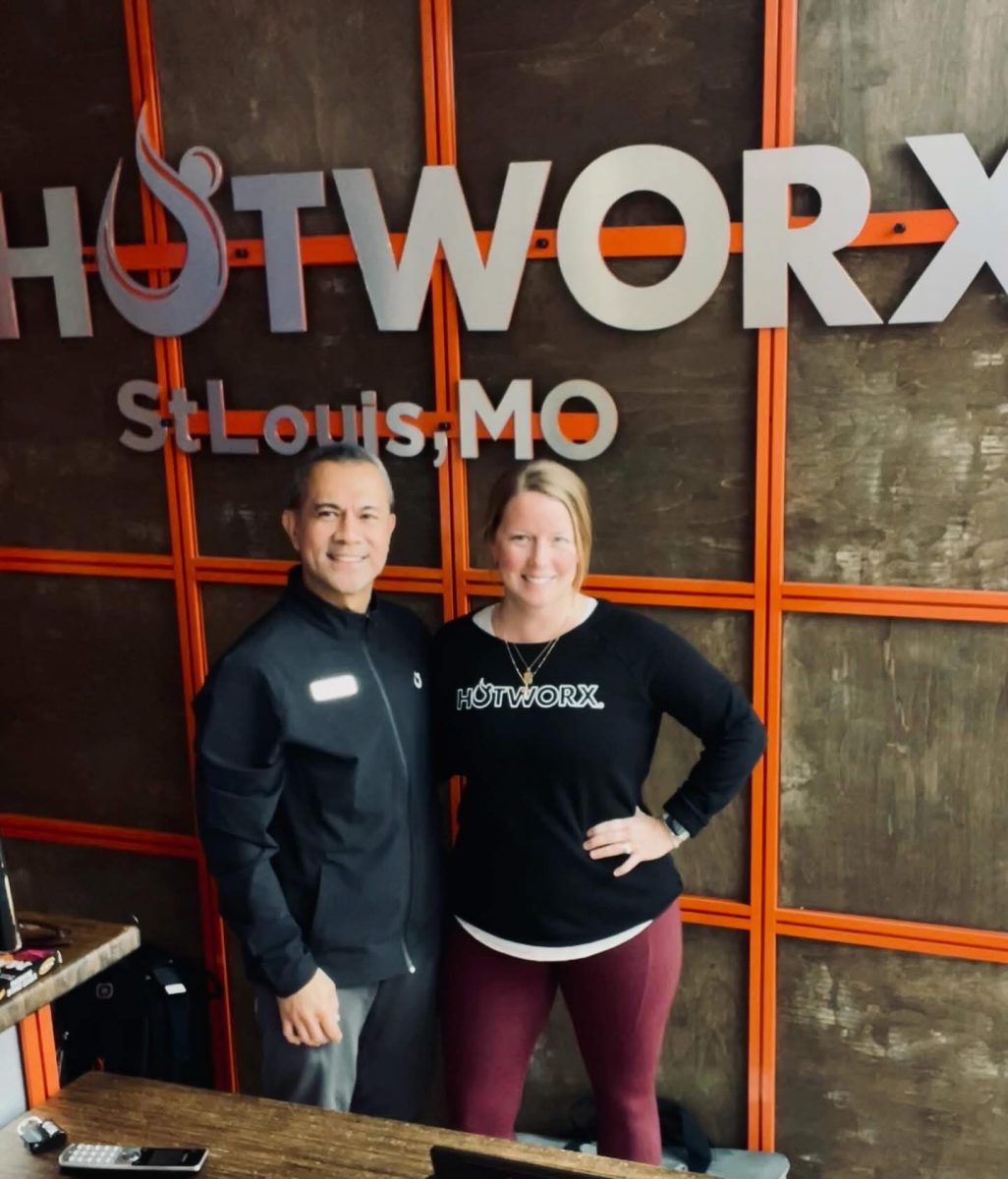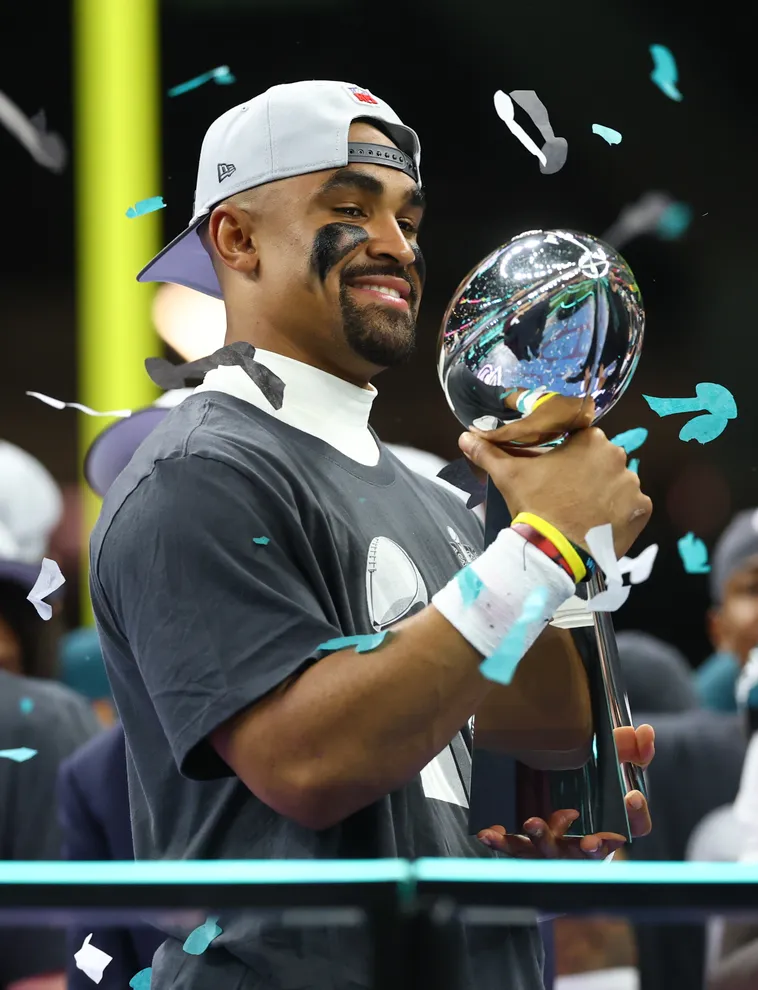Last weekend, Saint Louis University students saw 120 bikers speed along its campus on Lindell St. The riders completed a circuit route of seven laps around St. Louis to complete the Tour of Missouri-a 562-mile bike race held throughout the state of Missouri, Sept. 11 to 16.
For organizers of the inaugural race, this event succeeded in making a solid first impression.
“We couldn’t be happier with the way it was organized, operated and executed,” said director of state media inquires for the event Barry Bennett.
Medalist Sports-a company that organizes the Tour de Georgia and the Tour of California-organized the Missouri event as well.
“One racer compared it to the Tour de France. He said this event had a Tour de France feel to it,” Bennett said. “When you get compared to the granddaddy of them all, you can’t ask for much more.”
Bennett also noted that the winner of this year’s event, George Hincapie of the famed Discovery Channel Cycling Team, had kind words about the event. Hincapie won the race in a total time of 21:00.33, 1:38 ahead of second-place finisher William Frischkorn of Team Slipstream. Hincapie won the second stage of the race, from Clinton to Springfield, garnering the overall lead in the race.
“We’ve seen a lot of momentum in our sport over the last several years with the Tour de Georgia and the Tour of California and now the Tour of Missouri and to be able to create this Triple Crown and provide the opportunity to allow these American household names to compete on American soil is a great reward for us,” Race Director Jim Birrell said.
The ultimate goal for the state organization for this event was simple-draw attention to the state of Missouri.
“Our expectations were that we would show off Missouri to the rest of the country and the world,” Bennett said. “We wanted to promote tourism and spread the word of what is here, outside of Kansas City and St. Louis.”
In addition to showcasing a part of Missouri to the world, the event was also meant to make an economic contribution to the state.
“We had seen the success of the races in California and in Georgia, so we knew we would get a big boost to the economy,” Bennett said. “It was a unique way of combining economic benefit and entertainment for the people.”
Bennett said that there are no numbers yet on how many people attended the six-stage, nearly 600-mile event that started in Kansas City, made its way south to Branson and concluded in St. Louis. An estimated 55,000 people were in attendance for the final stage in downtown St. Louis.
“We have a team of researchers from the University of Missouri in Columbia doing research with the numbers and economic benefit,” Bennett said. “We won’t have any numbers for about another seven to ten days, but we far exceeded anyone’s expectations for crowd sizes and attendance.”
But attention was not limited to Missouri residents. The race saw worldwide exposure, as a live-video feed on the Tour of Missouri website garnered more than 10,000 hits each day from 40 countries.
It is easy to see why the event attracted so many people, considering the level of competition that participated in the inaugural Tour of Missouri. The Discovery Channel Cycling Team, which will disband at the end of the year, participated in its final event on U.S. soil.
“It was very important that Discovery committed to our event, because it gave international credibility to a first year event,” Bennett said. “The better the teams are, the better the competition is. Die-hard cycling fans understand that.”
The Discovery Channel Cycling Team features big name cyclists, such as Tour of Missouri winner Hincapie, Tour de France winner Alberto Contador and Levi Leipheimer.
Eight of the last nine Tour de France winners, which includes Lance Armstrong’s impressive streak of seven straight victories from 1999-2005 and Contador’s victory this year, have participated on the Discovery Channel Team.
“We drew a lot of people from out of state to see the last ride of, quite possibly, the greatest team in the history of the sport,” Bennett said.
Next year’s event, however, is still a long way away in the minds of organizers.
“The crew is still trying to unpack their bags from this year’s event,” Bennett said. “In the next few months, we’ll start thinking about any changes for next year’s race.
“It’s like farming. We just got the harvest out of the field. Now, we need to step back, check the quality of our product and see if there is anything different we want to do. There is always room for improvement,” Bennett said.
Overall, organizers, volunteers and fans should be pleased with how the inaugural event turned out.
“This was a really amazing event that exceeded all expectations. People from all over the country supported it,” Bennett said. “This was really about economic well being, tourism, and health. For this being a free event to the public, it’s amazing that we can do that.”




